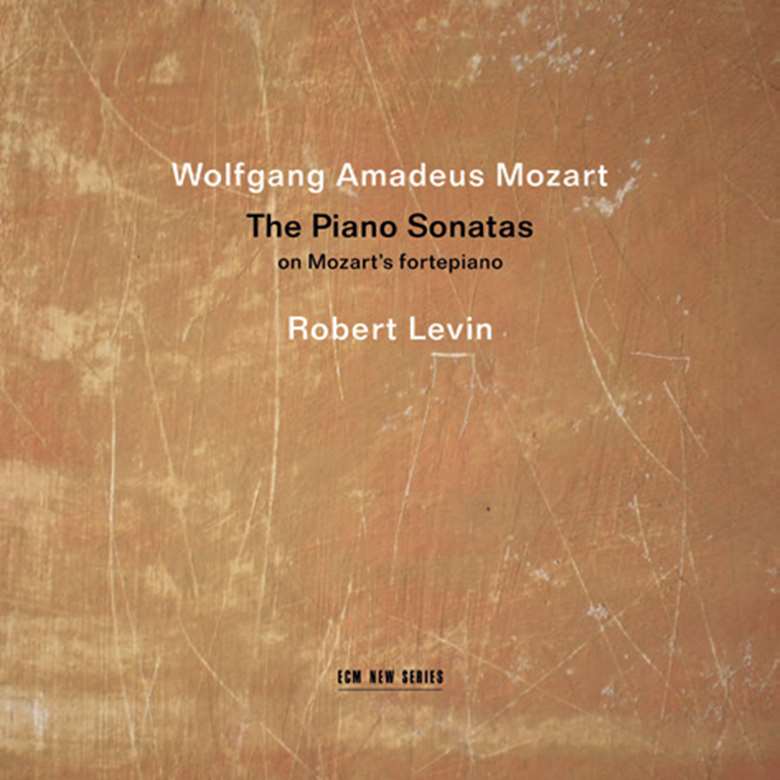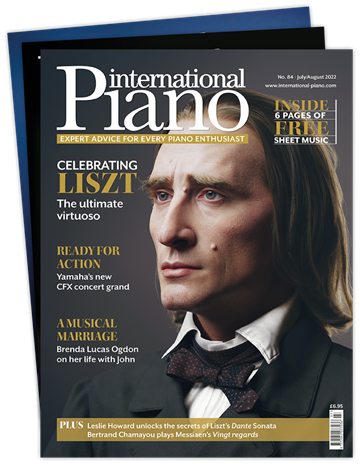Mozart: The Piano Sonatas on Mozart’s fortepiano (Robert Levin)
Benjamin Ivry
Sunday, October 2, 2022
Levin makes imaginative educated guesses based on decades of study

Register now to continue reading
This article is from International Piano. Register today to enjoy our dedicated coverage of the piano world, including:
- Free access to 3 subscriber-only articles per month
- Unlimited access to International Piano's news pages
- Monthly newsletter






